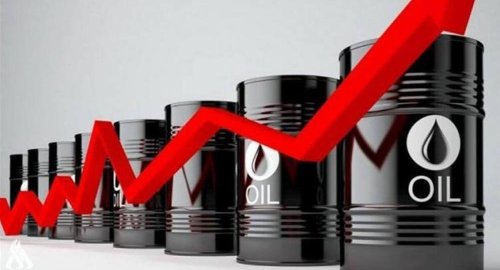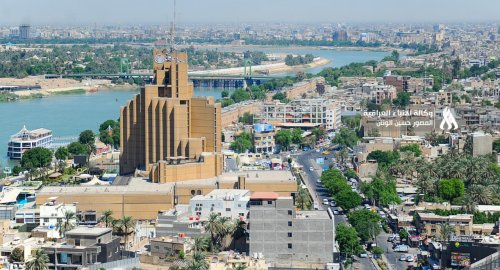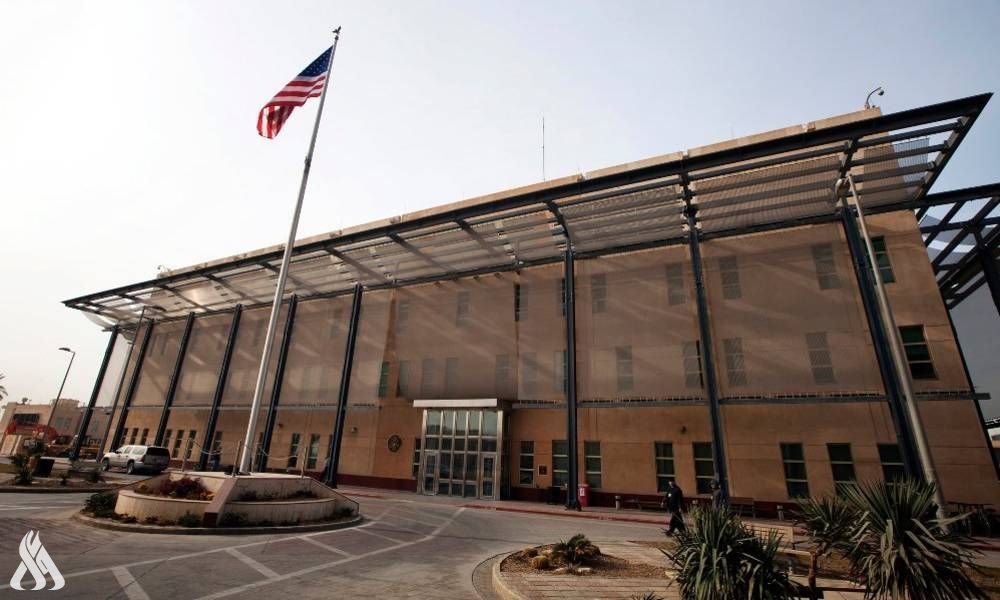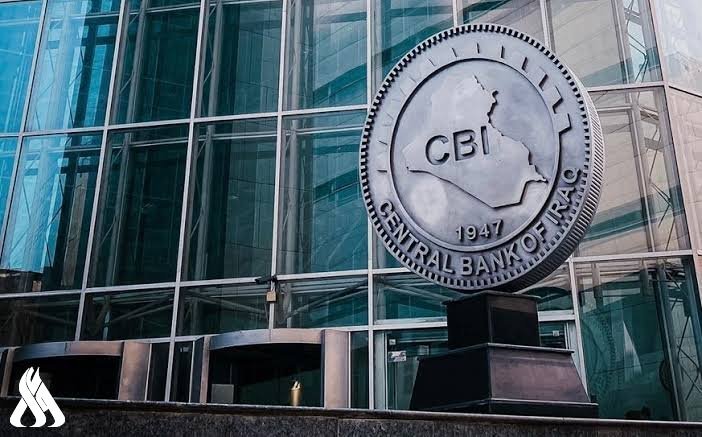
U.S. oil busts through $90/bbl for first time since 2014

- 4-02-2022, 10:46
INA-sources
Oil prices surged in late-day trading Thursday, sending the U.S. crude benchmark through $90 a barrel for the first time since 2014 due to ongoing supply worries and as frigid weather cascades across the United States.
Global benchmark Brent crude settled at $91.11 a barrel, up $1.64, or 1.8%, while West Texas Intermediate crude soared $2.01, or 2.3%, higher to end at $90.27 a barrel, the first time the U.S. benchmark has closed above the $90-level since Oct.6, 2014.
Analysts attributed the late rally to growing concerns that extended cold weather could hit production in Texas, exacerbating the tightness in world crude markets.
More than 200,000 people have lost power across the United States due to the cold thus far, and recollections of Storm Ida a year ago that knocked out power to millions of Texans, remain at the fore.
"It's hysteria or a kind of fear," said Bob Yawger, director of energy futures at Mizuho. "In the last hour, the talk has started to drive (oil) higher."
The market was also watching developments between Russia and the West over the former's aggressive posture towards Ukraine.
The United States warned that Russia was planning to use a staged attack as justification for invading the neighboring nation. Russia's President Vladimir Putin has blamed NATO and the West for increased tensions, even as he has moved thousands of troops near to Ukraine's border.
"The tensions around the Ukraine conflict are providing support, and we have growing global demand and we’re not really ramping up supply to meet it," said Gary Cunningham, director of market research at Tradition Energy.
Crude benchmarks have been pointing upward for weeks on expectations that supply will tighten further even after OPEC+ producers stuck to planned moderate output increases.
Demand remains on the upswing, with the Omicron coronavirus variant only temporarily denting consumption in major economies.
The Organization of the Petroleum Exporting Countries and allies led by Russia, known as OPEC+, this week agreed to stick to monthly increases of 400,000 barrels per day (bpd) in output despite pressure from consumers to raise supplies more quickly.
Goldman Sachs analysts forecast Brent topping $100 a barrel in the third quarter. The brokerage had predicted that OPEC+ may consider a faster unwinding of its production cuts.
Several OPEC members are struggling to pump more despite prices being at seven-year highs.
Iraq pumped 4.16 million bpd of oil in January, below its limit of 4.28 million bpd under the OPEC+ deal, data from state-owned marketer SOMO seen by Reuters showed.
Analysts have looked to United States output as a salve, though production slipped to 11.5 million bpd in the most recent week, and is far off the 2019 record of 12.3 million bpd, according to federal data.
ConocoPhillips Chief Executive Ryan Lance, however, said high prices may lead U.S. oil producers to add production too quickly, leading to oversupply.
"If we are getting back to the level of growth in the U.S." comparable to the 2014-2015 shale boom, said Lance, and "you're not worried about it, you should be," he told investors during a conference call.
Source: Reuters
White House: Talks with Iran were very positive and constructive
- International
- 09:40
US Embassy: Trade Mission of 60 Companies Visits Iraq
- politics
- 25/04/07
CBI unveils comprehensive reform plan to modernize banking sector
- Economy
- 25/04/07
Al-Sudani Meets Delegation from J.P. Morgan Bank
- politics
- 25/04/08












